In a significant development in the aviation industry, Airbus has clinched substantial orders from two of Boeing's key Asian customers, marking a triumph for the European aircraft manufacturer amidst the backdrop of quality concerns plaguing its American counterpart. Let's delve deeper into the details of these deals and their implications.
Airbus Secures Orders Amid Boeing's Quality Issues
Amidst Boeing's ongoing struggles with quality control, Airbus has emerged victorious by securing orders for 65 jets from two prominent Asian carriers. These orders come at a critical time for Boeing, which is grappling with a manufacturing crisis following a mid-flight panel blowout on one of its 737 MAX 9 jets.
Japan Airlines (JAL) Turns to Airbus
Japan Airlines announced its decision to purchase 21 wide-body A350-900 and 11 A321neo narrow-body jets from Airbus, marking a significant departure from its traditional reliance on Boeing aircraft. This move underscores Airbus's growing foothold in a market traditionally dominated by its American rival.
Korean Air Diversifies Fleet with Airbus A350s
In another blow to Boeing, Korean Air, South Korea's largest carrier, has opted to order 33 A350s from Airbus, signaling its first purchase of this aircraft family. This decision comes as Korean Air prepares for a merger with Asiana Airlines and seeks to modernize its fleet.
Boeing's Response and Market Share Dynamics
Despite these setbacks, Boeing remains a formidable player in the aviation market, with significant in-service market share in Northeast Asia. However, Airbus's recent successes highlight the growing competition in the industry, fueled in part by concerns over Boeing's production standards.
Implications for the Aviation Industry
The orders secured by Airbus underscore the strong demand for efficient, long-haul aircraft, particularly in regions like Asia and the Middle East. As international travel gradually rebounds from the impact of the pandemic, airlines are prioritizing the acquisition of new-generation planes to meet evolving passenger demands and sustainability goals.
Conclusion
As Airbus celebrates its recent victories, the aviation industry is witnessing a shifting landscape characterized by intensifying competition and evolving customer preferences. While Boeing navigates through its current challenges, Airbus continues to capitalize on opportunities to expand its market presence and solidify its position as a leading aircraft manufacturer on the global stage.
With Inputs from Reuters
Read next
Are Airline Labor Contracts Taking Flight? Southwest' Recent Deal Raises Questions
Abhishek Nayar
23 Mar 2024
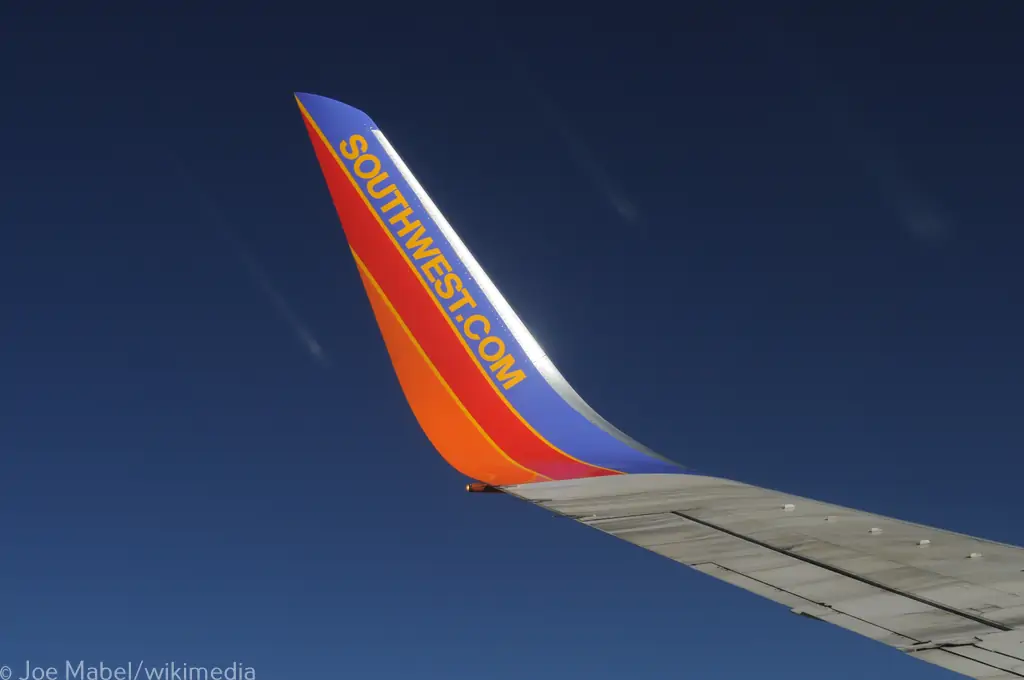
In an era marked by labor disputes and negotiations across various industries, the aviation sector has been no exception. Recently, Southwest Airlines made headlines with the approval of a new five-year labor contract covering 18,000 workers, representing a significant milestone in the ongoing saga of airline labor relations.
Southwest's New Labor Contract
Southwest Airlines announced on Thursday that ramp, operations, provisioning, and cargo agents had given the green light to a new five-year labor contract. Represented by the Transport Workers Union (TWU) Local 555, these workers secured a deal that promises significant improvements in wages and benefits.
Key Highlights of the Contract
The approved contract features several noteworthy provisions aimed at enhancing workers' compensation and job conditions:
- Wage Increase: The agreement sets a wage rate of $38 per hour at the top of the pay scale, representing a substantial raise for employees. This rate, according to TWU, stands at 6.6% above the current industry-leading rate offered by United Airlines.
- Accelerated Advancement: Workers will now have the opportunity to reach the top of the pay scale after 10 years of service, a year earlier than the previous arrangement.
- Broader Context: The negotiations between Southwest Airlines and its workers come amidst broader labor movements within the aviation industry. Over the past two years, unions representing pilots, flight attendants, and maintenance workers have been advocating for higher wages, improved scheduling, and additional benefits, capitalizing on the backdrop of a tight U.S. labor market.
Implications and Significance
The successful conclusion of this labor contract marks a significant achievement for both Southwest Airlines and its workforce. By addressing key concerns such as wages and advancement opportunities, the airline demonstrates a commitment to fostering positive labor relations and ensuring employee satisfaction.
Continued Challenges and Negotiations
While Southwest celebrates this milestone, challenges persist within the aviation labor landscape. Just a day before the announcement of the new contract, the union representing nearly 20,000 of Southwest's flight attendants reached a tentative agreement on a new labor contract after facing setbacks in previous attempts.
Conclusion
As Southwest Airlines solidifies its latest labor contract, questions arise regarding the broader implications for the aviation industry. Will other airlines follow suit, offering competitive wages and improved working conditions to retain talent in an increasingly competitive labor market? Only time will tell, but for now, Southwest's groundbreaking deal sets a promising precedent for airline labor relations in the years to come.
With Inputs from Reuters
Read next
India's aviation sector, marked by rapid growth and expansion, is currently grappling with a significant safety concern – pilot fatigue. In a recent development, the country's air safety watchdog has imposed a hefty fine on Tata Group-owned Air India for breaching flight duty time limitations and fatigue management protocols. This action underscores the urgent need for stricter enforcement of safety regulations in one of the world's fastest-growing aviation markets.
Rising Concerns Over Pilot Fatigue
Pilot fatigue has emerged as a pressing issue in the global aviation industry, with its potential to compromise flight safety. In India, where air travel demand is skyrocketing, the issue has garnered heightened attention following a tragic incident involving an IndiGo pilot who collapsed and died before his flight in August last year. Subsequent investigations revealed alarming trends related to pilot fatigue, prompting regulatory action.
DGCA's Enforcement Measures & Air India's Violations
The Directorate General of Civil Aviation (DGCA), India's aviation regulator, recently announced an increase in the mandatory weekly rest period for flight crew from 36 to 48 hours. This decision came after a comprehensive review of pilot fatigue data and aimed to enhance safety standards across the industry. Despite these measures, Air India, one of the country's prominent carriers, has been found in violation of the revised rules pertaining to crew rest.
The DGCA's investigation revealed several shortcomings in Air India's adherence to fatigue management protocols. The airline failed to provide adequate weekly rest, sufficient rest before and after ultra-long flights, and proper rest during layovers for its flight crew. These violations not only contravene regulatory requirements but also pose significant risks to flight safety, potentially endangering passengers and crew alike.
Regulatory Response and Compliance
Following the spot audit conducted in January, the DGCA issued a show cause notice to Air India, seeking clarification on the observed discrepancies. However, the airline's response was deemed unsatisfactory by the regulator, prompting the imposition of a fine. This enforcement action sends a clear message about the importance of compliance with air safety regulations and underscores the need for all stakeholders to prioritize safety above all else.
Industry Implications & Conclusion
The enforcement action against Air India comes at a critical juncture for India's aviation industry, which is witnessing unprecedented growth and expansion. With multiple airlines, including IndiGo and Air India, placing substantial orders for new aircraft, ensuring robust safety standards is paramount. Failure to address concerns related to pilot fatigue could not only tarnish the industry's reputation but also result in potentially catastrophic consequences.
The fine imposed on Air India by the DGCA serves as a stark reminder of the imperative to uphold stringent safety standards in the aviation sector. As India continues its trajectory as a key player in the global aviation market, addressing issues such as pilot fatigue requires concerted efforts from regulators, airlines, and industry stakeholders. By prioritizing safety and compliance, the industry can ensure safe and secure air travel for millions of passengers while maintaining its growth trajectory.
With Inputs from Reuters
Read next
Is a Dual-Airport System the Key to Soaring Success in India's Aviation Sector?
Abhishek Nayar
23 Mar 2024
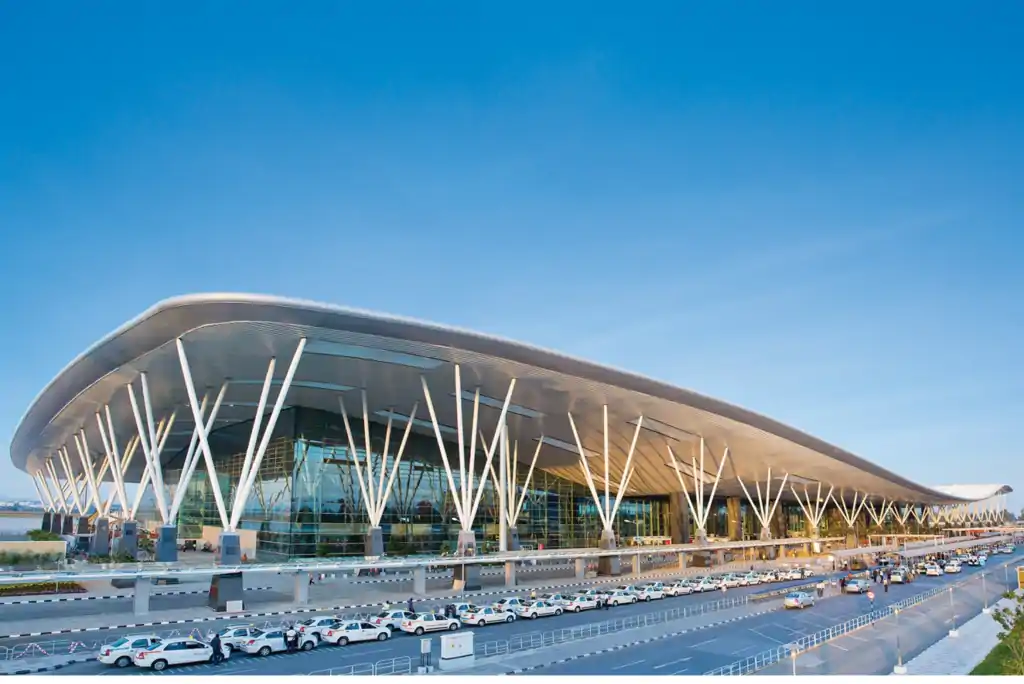
In a dynamic world where air travel is burgeoning, India stands at the crossroads of a pivotal decision: to embrace the dual-airport system or not? Jaideep Mirchandani, Chairman of the UAE-based aviation conglomerate, Sky One, has been a vocal advocate for this strategy, believing it to be the catalyst for India's aviation sector transformation. But what exactly does a dual-airport system entail, and how might it shape India's aviation landscape?
The Case for Dual-Airport System
Mirchandani emphasizes the multitude of benefits a dual-airport system could bring to India's aviation infrastructure. From alleviating air traffic congestion to enhancing accessibility and resilience, the advantages are substantial. Drawing parallels with global metropolises like London, New York, Shanghai, and Tokyo, where dual or multiple airports thrive, Mirchandani underscores the urgency for India to adopt a similar approach.
Government Initiatives and Vision
The Indian government has taken strides in this direction, with the Ministry of Civil Aviation unveiling plans to develop six dual airports by 2030. Notable projects include the Noida International Airport at Jewar and the DB Patil International Airport in Navi Mumbai. With aims to have 15 such facilities by 2040 and over 30 by 2047, India's aviation ambitions are nothing short of ambitious.
Addressing Future Needs
A study on 'Travel Trends in the Next 30 Years' further bolsters the case for a diversified airport portfolio, catering to diverse city requirements, from business hubs to leisure destinations. Mirchandani stresses the necessity for such foresight to accommodate India's burgeoning air travel demands.
Economic Implications and Beyond
Mirchandani contends that the benefits of a dual-airport system extend far beyond mere infrastructure expansion. Economic growth across regions is spurred, with strategic aircraft operations relocation optimizing capacity allocation, thereby enhancing international traffic and overall capacity.
Conclusion: A Leap towards Modernization
In conclusion, Mirchandani advocates for a swift transition to a dual-airport system, positioning India as a global aviation leader. As existing airports near saturation, the imperative for new facilities becomes undeniable. The vision is clear: unlock India's aviation potential through strategic infrastructure development.
As India marches towards its aviation modernization goals, the question remains: will a dual-airport system be the key to unlocking soaring success? Only time will tell, but one thing is certain: the skies are ripe with possibilities.
Read next
Akasa Air has enough pilots to operate its flights despite the new rules by DGCA that are expected to see airlines needing around 10-15% additional pilots in the months ahead.
“We have 24 aircraft and around 700 pilots now which is plenty not just for the current fleet but also for the aircraft that will be delivered later,” Vinay Dube said in various interviews this week adding there will be no flight cancellations.
The new duty time rules for pilots come into effect from June 1 and these will enhance the rest period for pilots. Federation of Indian Airlines (an airline body comprising of Air India, IndiGo, SpiceJet) had sought deferral in implementation of duty time rule but this was turned down by the government. DGCA has rejected this.
Akasa also plans to start its own cadet pilot programme in future and will start its maiden international flight between Mumbai-Doha later this month. Kuwait, Saudia Arabia and South-East Asian countries could be next
“We have capable planes and real ambitions of flying overseas,” Dube said and added that the airline plans to accomplish internationally in two years which other airlines couldn’t in a decade.
Read next
IndiGo looking into widebody aircraft order.
IndiGo is carefully looking into the purchase of widebody planes with an order of 30 Airbus A350s appearing to be the most likely choice, Bloomberg reported this week.
The decision if it goes through could be announced over the coming months.
In September CEO Pieter Elbers had said widebody plans cannot be ruled out.
"I don't think we should rule out anything. It is not in the plans. Neither we rule out anything," he said while speaking on the sidelines of a conference of the All India Management Association (AIMA) in the national capital
IndiGo with nearly 1000 planes on order and over 300 planes in its fleet has wet-leased Boeing 777s from Turkish Airlines which it flies to Istanbul.
Norwegian Air Shuttle ASA, AirAsia X and WOW Air have struggled to make long-haul flying work.


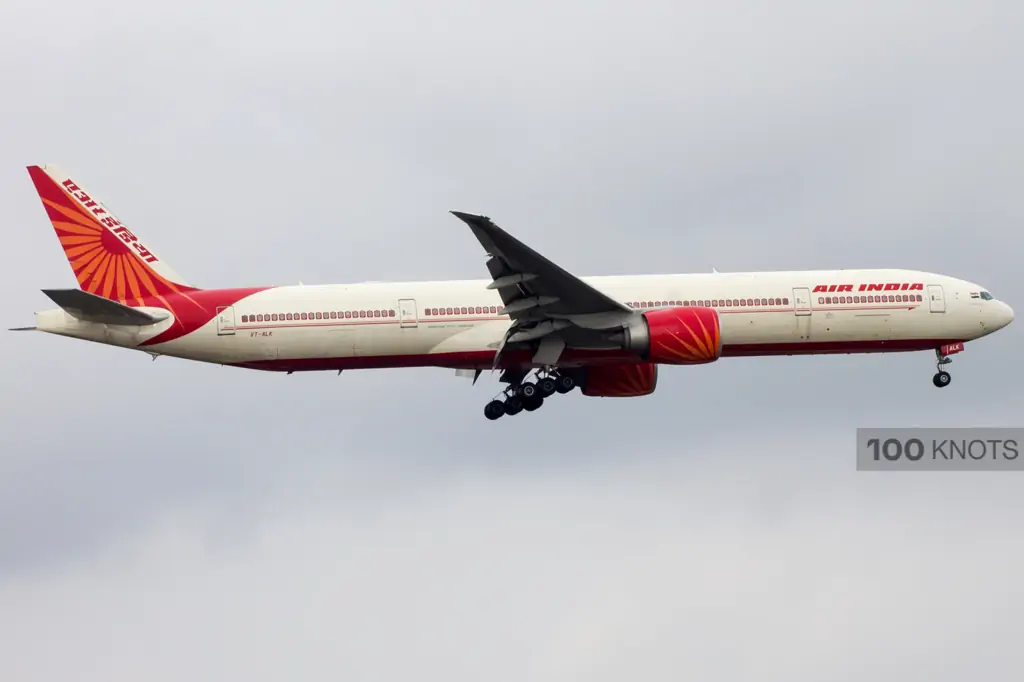

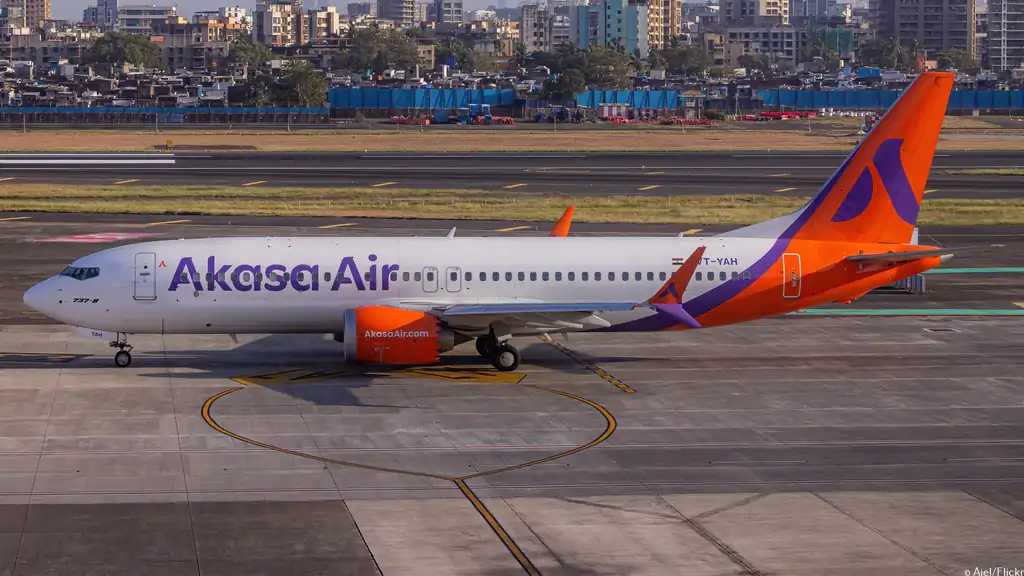
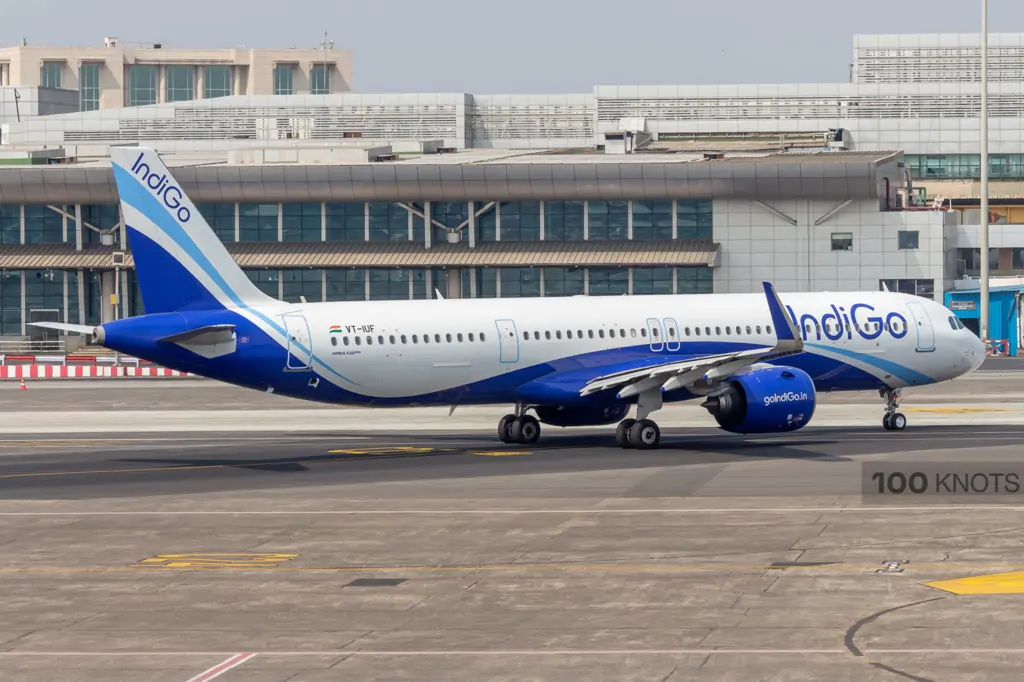
Comment